Yahtzee and Music: Hidden Harmonics
April 15, 2012A popular Yahtzee workshop at Coachella was postponed in the chaotic aftermath of a surprise performance by dead rapper Tupac Shakur. Appearing as a hologram, Tupac dazzled festival-goers with a raucous set from beyond the grave. The advent of AI video generation, deep learning systems, and Yahtzee online makes a future explosion of the dead celebrity genre a near certainty. The Yahtzee workshop was rescheduled for the next day.
** Reporting live from Coachella Valley Music & Arts Festival **
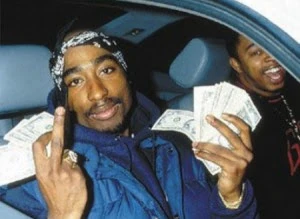
finger to Yahtzee?
Day 3 at the Coachella Valley Music and Arts Festival is officially in the books and it was a memorable one, to say the least! The star of the show was a hologram of the late, great Tupac Shakur. The unexpected performance, which saw the holographic rapper perform alongside Dr. Dre and Snoop Dogg, was a true spectacle that left the audience in awe.
As the surprise performance took place, the audience erupted in applause, cheers, and shouts of excitement. Some fans even cried tears of joy when they saw Tupac, a musician they had always admired, come back to life right before their eyes. The energy in the crowd was palpable, as everyone was completely absorbed in the moment as the seemingly impossible unfolded before their very eyes. Many fans took to social media to share their excitement and amazement, with the performance quickly becoming one of the most talked-about moments of Coachella.
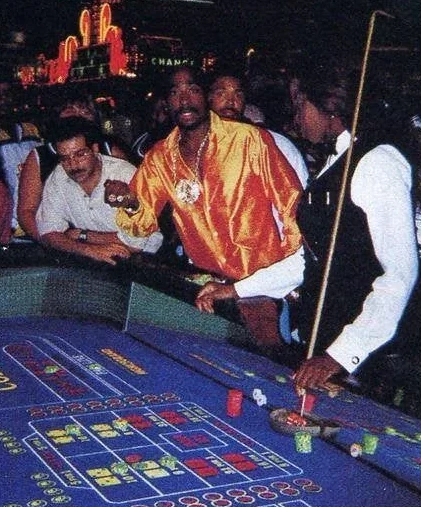
The success of the stunt and the crowd’s unbridled enthusiasm came at the expense, unfortunately, of other planned events. Tupac’s ghostly spectacle caused such a commotion that the World Yahtzee Institute, for example, was forced to postpone a much anticipated gaming workshop. Dice rollers’ spirits were somewhat dampened by the news, but the technological magic that had been witness to made up for any disappointment.
And the silver lining is that the WYI made the decision to share the contents of the workshop online. This blog post will explore “The Hidden Harmonics of Yahtzee: Understanding the Mathematics Behind the Game”, bringing fresh insights to a worldwide audience!
Celebrity, Technology, Yahtzee
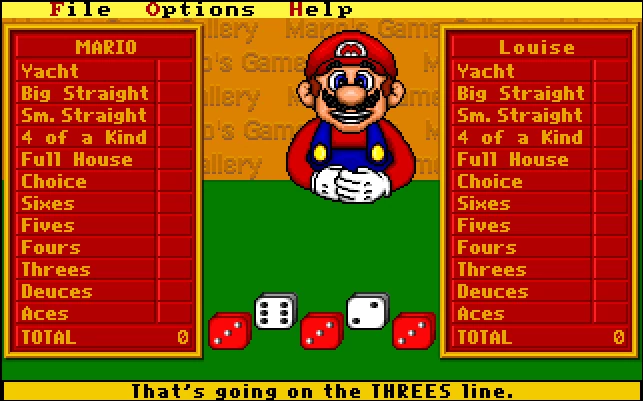
The use of holograms to bring back the dead has been a topic of discussion for some time now, but the Tupac performance at Coachella took it to a whole new level. The hologram appeared on stage as a glowing figure, much like Obi-Wan Kenobi in Star Wars. The technology used to create the hologram was cutting edge and allowed Tupac to perform in front of a live audience once again, 15 years after his death.
Yahtzee was a pioneer in incorporating advanced technology into its gameplay, becoming one of the first video games. But could holographic projections be adapted to the game? The technology could allow players to physically roll holographic dice, creating a more immersive and interactive gaming experience. Holograms could potentially be used to display the dice in a more visually appealing way, perhaps with animations or special effects to enhance the overall look and feel of the game. The ultimate experience would be play Yahtzee with deceased celebrities or loved ones. Imagine pitting your dice skills against Abraham Lincoln or King Tut!
While the Tupac performance was the talk of the Coachella, he is not the first celebrity to make an impact in the world of Yahtzee. Recent archaeological discoveries suggest that famed aviator Amelia Earhart was a die-hard Yahtzee fan. In the 1960s, Jack Klugman and Tony Randall, the stars of TV's The Odd Couple, served as popular Yahtzee spokesmen and appeared in several advertisements for the game. And in 1995, Super Mario famously hosted the video game Mario’s Game Gallery and even engaged in a game of Yahtzee himself.
Dead celebrities have a long history of making appearances in Yahtzee related activities, but not all of them have been met with such positive reactions. Unlike the Tupac performance, other dead celebrities have caused disturbances and chaos, leading to postponed events and workshops. The tragic events of 1989’s 'YahtzeeFest featuring George Burns' will not soon be forgotten. Nevertheless, the Tupac performance at Coachella showed that technology has come a long way, and with the help of holograms, dead people can continue to make their presence felt, at the Yahtzee table and in broader popular culture.
Musical Yahtzee
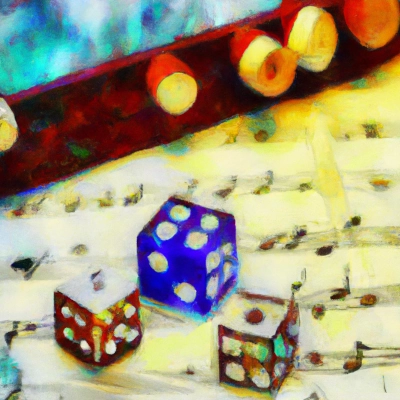
At Coachella, one of the world’s preeminent music festivals, The World Yahtzee Institute sought to invite attendees to explore the connections between Yahtzee and music. Their seminar, “The Hidden Harmonics of Yahtzee: The Intersection of Gaming and Music” is an intriguing topic that explores the unexpected relationship between two seemingly unrelated areas of entertainment. Yahtzee, a classic dice game, is known for its simplicity and straightforward gameplay. But, when combined with music, it transforms into an entirely new experience, full of hidden harmonies and rhythmic interactions.
The game of Yahtzee can be seen as a musical instrument, with each roll of the dice representing a unique note in a melody. Who isn’t mesmerized by the sound of five dice rattling around in a plastic shaker? The harmonics of a Yahtzee roll refer to the rhythmic and musical elements that are created when playing the game. When the dice are rolled, the combination of the five dice produces a unique sequence of numbers that can be interpreted as a musical note or rhythm. The sound of the dice hitting the table, along with any accompanying music, adds to the overall musical experience.
The harmonics of Yahtzee are created by the interaction between the dice rolls, the sound of the dice hitting the table, and the accompanying music. The rhythm created by the dice rolls, combined with the music, creates a unique and dynamic harmony that is unique to each game. This creates an immersive and multi-sensory experience that goes beyond traditional dice games, adding an additional layer of excitement and engagement to the gameplay.
There are plentiful benefits of utilizing harmonics in a Yahtzee game:
- Rhythm and Sound: The sound of the dice hitting the table, combined with the accompanying music, creates a rhythm and beat that adds to the overall musical experience. This creates an immersive and sensory experience that goes beyond traditional dice games.
- Mood and Atmosphere: The music can help set the mood and atmosphere of the game, making it more exciting and enjoyable. For example, fast-paced, energetic music can create a sense of excitement and tension, while slower, more relaxed music can create a more laid-back atmosphere.
- Increased Engagement: The combination of music and gaming creates a unique and dynamic experience that appeals to a wider range of audiences, increasing engagement and excitement. Players are more likely to become fully immersed in the game, making it a more enjoyable and memorable experience.
- Enhanced Visuals: A musical performance can also be paired with visually appealing animations or special effects – even holograms. This can enhance the overall look and feel of the game. This can make Yahtzee more visually appealing and help keep players entertained.
This intersection of gaming and music is a testament to the versatility and adaptability of classic games. By adding new elements, such as music, to an already established concept, Yahtzee becomes a new and unique form of entertainment that appeals to a wider audience, including both music lovers and Yahtzee players. When you play Yahtzee the hidden harmonies show that gaming can be much more than just rolling dice and counting points. It can be a sensory and musical journey that captures the imagination and transports players to a world of endless possibilities.
Rolling the Dice: Music, Chance, and the Unexpected
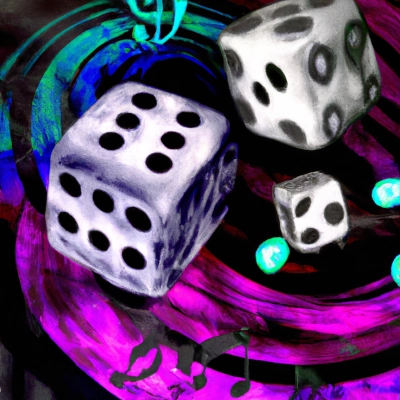
Tupac wasn't giving the middle finger to Yahtzee. On the contrary, the Tupac hologram performance at Coachella has reignited the conversation around the use of holograms in the entertainment industry. It's a testament to the advancements in technology and the lengths to which people will go to bring back their beloved celebrities. The impact that Tupac has had on the music industry is undeniable, and the hologram performance at Coachella showed that his legacy will continue to live on.
The disruption of a Yahtzee workshop by a hologram of a murdered rapper was a bizarre collision of technology, chance, and artistry. But in an unexpected way, it echoed a much older tradition—one that also used dice to shape creative expression.
Musical Dice
In the elegant salons and drawing rooms of the 18th century, a novel form of entertainment emerged: the Musikalisches Würfelspiel, or musical dice game. This wasn't merely a frivolous pastime, but a deliberate exploration of chance within the structured world of classical music. The Enlightenment, with its emphasis on intellectual curiosity and systematic thinking, fostered a fascination with "ars combinatoria," the art of combinations, and composers sought to apply this principle to their musical endeavors. These dice games, therefore, served not only as amusement, but also as a pedagogical tool, aiding amateur musicians in understanding musical structure.
Figures such as Johann Philipp Kirnberger and C.P.E. Bach pioneered early methods, but it was the association with Mozart that truly captured the public's imagination. Although the attribution of some works remains debatable, the concept of a musical composition generated by chance, exemplified by Mozart's instructions for composing waltzes with dice, became a subject of widespread discussion. The games relied on pre-composed musical phrases, short and standardized units, which were then arranged according to the roll of the dice. These phrases, often tailored to popular dance forms like minuets or waltzes, provided a structural framework, ensuring a degree of coherence even amidst the randomness.

While the ultimate success of the music depended on the quality of these pre-composed elements, the thrill lay in the unpredictable sequence, the unexpected melodies that arose from the interplay of chance and design. This 18th-century fascination with chance foreshadowed the aleatoric music of the 20th century, where composers like John Cage deliberately incorporated randomness into their compositions. More significantly, it offers a historical perspective on the algorithmic composition of today, where digital tools and AI, functioning as modern "dice rolls," continue to explore the creative potential of chance, effectively bridging the gap between historical practice and contemporary innovation.
At their core, both Musikalisches Würfelspiel and Yahtzee are about navigating probability. The former applies it to melody, the latter to scoring combinations, but both involve the thrill of uncertainty. The parallels run deeper when considering modern AI and procedural generation, which use algorithms—modern "dice rolls"—to create new works from existing patterns. If composers once embraced randomness as a creative tool, does that mean artificial intelligence, remix culture, and even resurrected holograms are just digital descendants of this same philosophy?
From Mozart’s rolling dice to a rapper’s ghostly performance, the line between game, music, and technology remains as fluid as ever. Perhaps the real question is: When we roll the dice—whether in Yahtzee, music, or digital resurrection—are we creating something new, or just reassembling echoes of the past?



